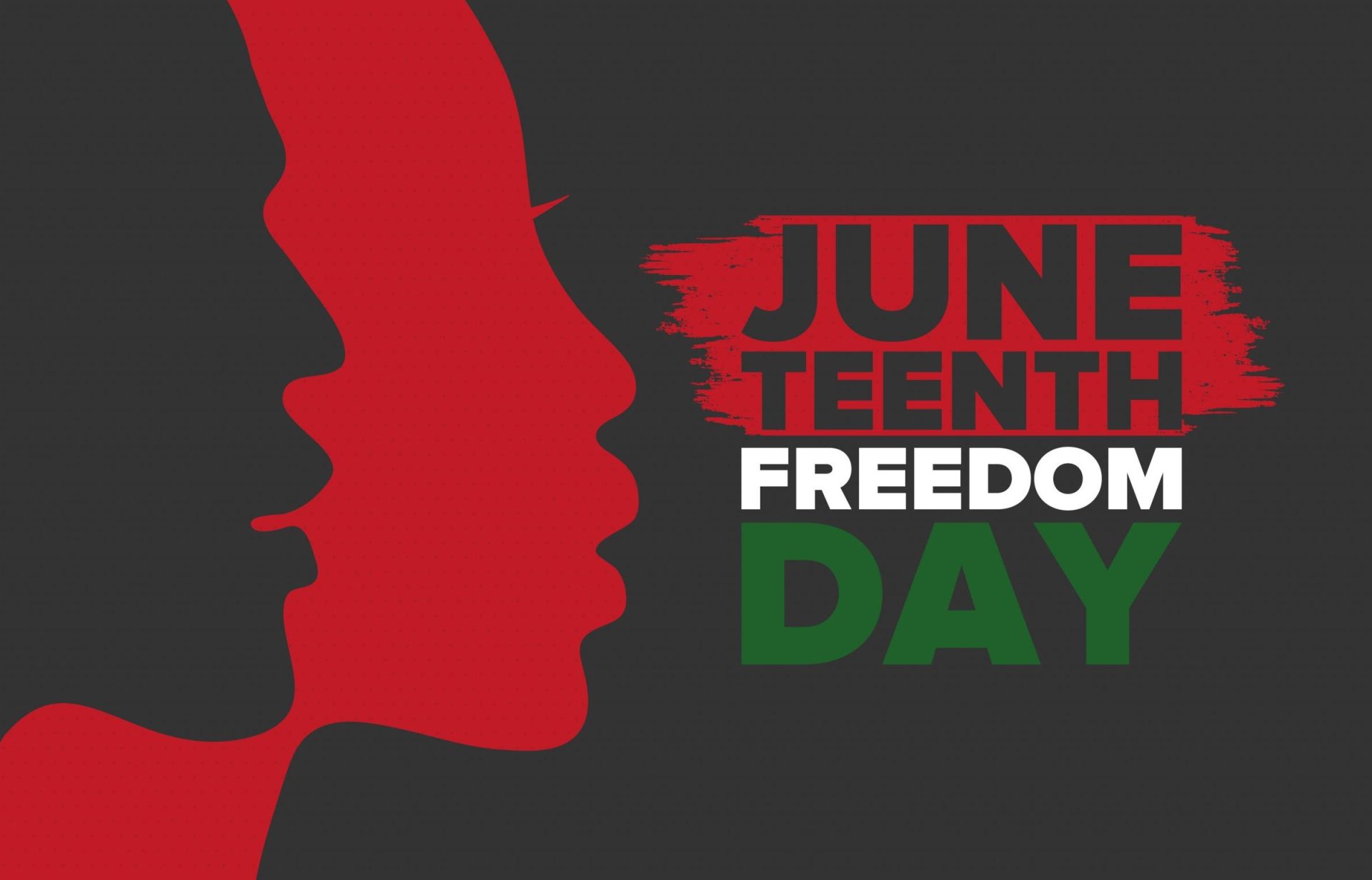In the intricate dance of human interaction, understanding the subtle cues of body language can provide profound insights into what others may truly be thinking or feeling. Particularly, the ability to recognize when someone is lying can be invaluable in both personal and professional contexts. This article delves into seven key body language indicators that often suggest deception. Whether you’re a professional in negotiations, someone navigating the complexities of personal relationships, or simply keen on improving your communication skills, recognizing these signs can significantly enhance your interpersonal awareness.
1. Inconsistent Facial Expressions
One of the most telltale signs of lying is when someone’s facial expressions do not match what they are saying. This could manifest as a smile when discussing something sad or serious, or failing to show emotions that would normally accompany certain statements. When the face tells a different story than the words, it might be a clue that the person is not being entirely truthful.
The Eyes Don’t Lie
Eyes can be particularly revealing when it comes to detecting deceit. People often avoid eye contact when they lie, believing that looking away will make it less likely that they will be caught. However, in some cases, the opposite behavior occurs: a liar might maintain intense eye contact in an effort to control and convince. Additionally, frequent blinking or dilated pupils can further suggest that someone is not telling the truth.
2. Body Stiffness
An individual’s body posture can also signal dishonesty. People lying often exhibit stiffness throughout their body. You might notice rigid shoulders, a straightened back, or arms held close to the body. This stiffness can be a subconscious attempt to guard themselves or control their body’s natural movements, which might otherwise reveal their true feelings.
3. Fidgeting and Discomfort
Conversely, excessive fidgeting can indicate nervousness and discomfort, which are common when someone is not being truthful. This may include tapping feet, playing with hair, touching their face, or adjusting clothing frequently. These actions are often an unconscious response to the stress of lying.
4. Contradictory Gestures
Gestures that contradict the spoken word are highly indicative of deception. For instance, nodding while saying “no” or shaking the head during a “yes” response can signal that a person’s words do not align with their true sentiments. These contradictory gestures can slip out without the speaker even realizing, providing a clue to their real intentions.
5. Barriers
Physical barriers are another sign to watch for. Lying individuals might place an object between themselves and the person they are speaking to. This can be anything from a coffee cup to a laptop. Subconsciously, they are trying to put up a shield or barrier, indicating discomfort with openness and vulnerability.
6. Incongruent Timing
Timing can reveal much about the truthfulness of a statement. Delayed reactions, where the facial expression or gesture comes after the spoken word, can suggest that the person is constructing a lie. Similarly, speaking too quickly or unnaturally slow might indicate that the story being told is not a genuine recollection but rather something fabricated.
7. Changes in Voice Pitch
Finally, changes in the voice can be revealing. An increase in pitch, mumbling, or throat clearing can all suggest that someone is lying. These vocal changes often occur because lying can cause a physical reaction in the body, such as tightening of the throat muscles or an increased heart rate, affecting how one speaks.
Understanding Body Language: Concluding Insights
Recognizing the body language of someone who is lying involves observing inconsistencies between their verbal statements and physical actions, as well as detecting signs of physical nervousness or the creation of physical barriers. Such skills are invaluable in enhancing one’s ability to discern the truth during daily interactions. The art of body language interpretation requires a keen eye for detail and a mindful understanding of human behavior.
While the seven signs described in this article can strongly suggest deceit, it’s important to remember that they are not infallible. People may exhibit these behaviors for reasons unrelated to dishonesty, such as stress, anxiety, or simply their natural demeanor in social situations. Therefore, when evaluating the truthfulness of someone’s words, it is crucial to consider the broader context. Factors like the individual’s baseline behavior, the specific circumstances surrounding the interaction, and cultural nuances should all be taken into account.
Cultivating the ability to read body language effectively demands practice and patience. As you become more attuned to observing and interpreting these subtle cues, you’ll grow better equipped not only to detect deception but also to understand deeper emotional undercurrents. Remember, the goal is not simply to catch a liar but to foster more authentic and transparent communication.
This story was created using AI technology.















